I'd like to detect my hand from a live video stream and create a mask of my hand. However I'm reaching quite a poor result, as you can see from the picture.
My goal is to track the hand movement, so what I did was convert the video stream from BGR to HSV color space then I thresholded the image in order to isolate the color of my hand, then I tried to find the contours of my hand although the final result isn't quite what I wanted to achieve.
How could I improve the end result?
import cv2
import numpy as np
cam = cv2.VideoCapture(1)
cam.set(3,640)
cam.set(4,480)
ret, image = cam.read()
skin_min = np.array([0, 40, 150],np.uint8)
skin_max = np.array([20, 150, 255],np.uint8)
while True:
ret, image = cam.read()
gaussian_blur = cv2.GaussianBlur(image,(5,5),0)
blur_hsv = cv2.cvtColor(gaussian_blur, cv2.COLOR_BGR2HSV)
#threshould using min and max values
tre_green = cv2.inRange(blur_hsv, skin_min, skin_max)
#getting object green contour
contours, hierarchy = cv2.findContours(tre_green,cv2.RETR_TREE,cv2.CHAIN_APPROX_SIMPLE)
#draw contours
cv2.drawContours(image,contours,-1,(0,255,0),3)
cv2.imshow('real', image)
cv2.imshow('tre_green', tre_green)
key = cv2.waitKey(10)
if key == 27:
break
Here the link with the pictures: https://picasaweb.google.com/103610822612915300423/February7201303. New link with image plus contours, mask, and original. https://picasaweb.google.com/103610822612915300423/February7201304
And here's a sample picture from above:



